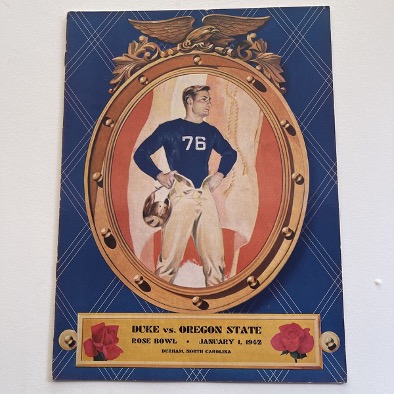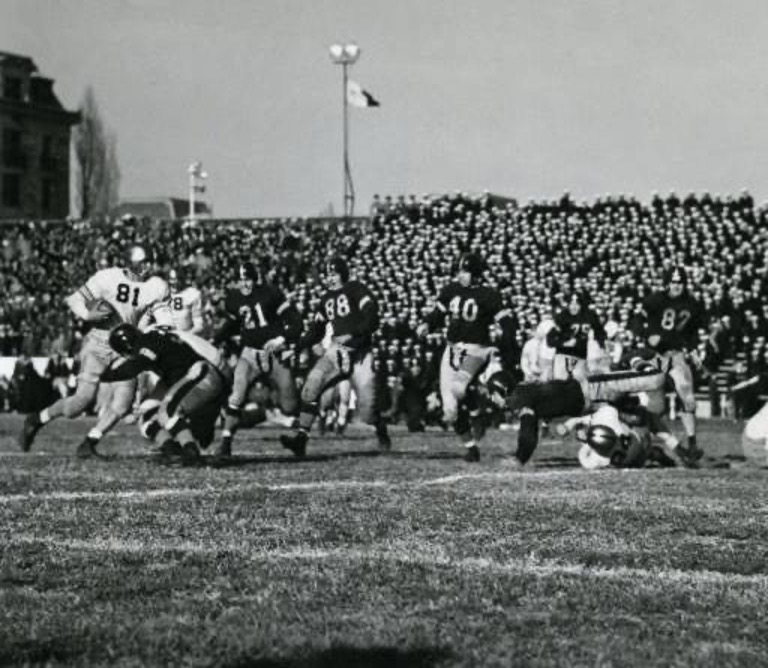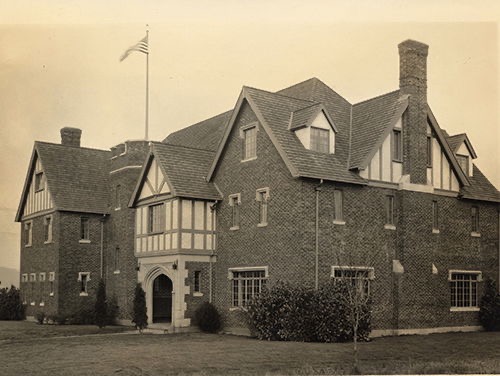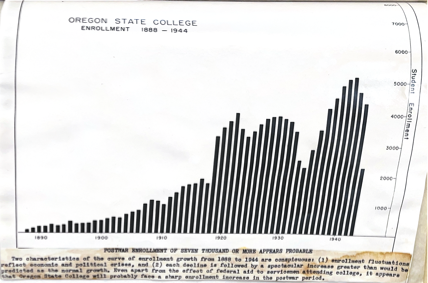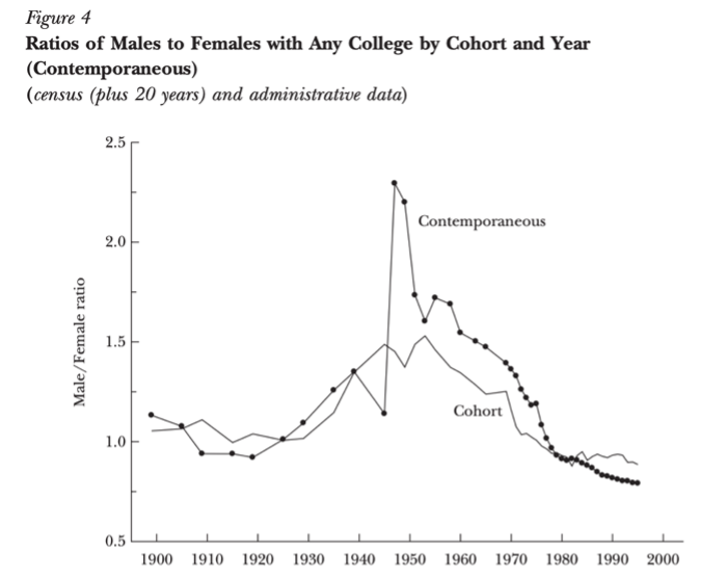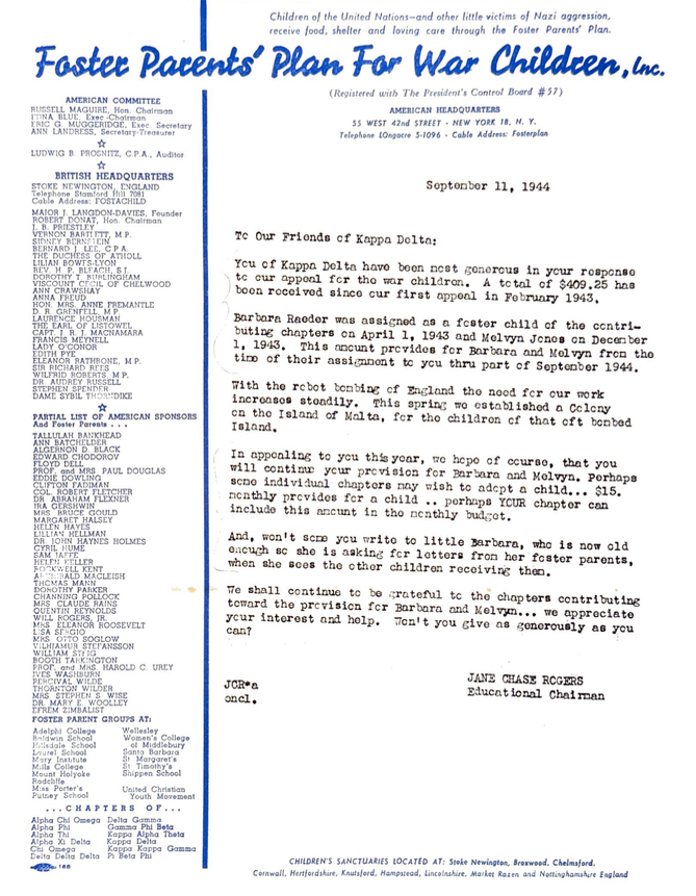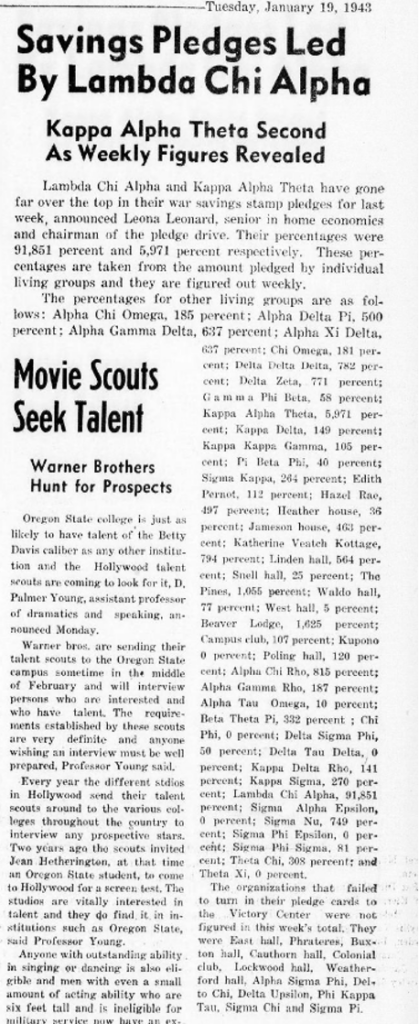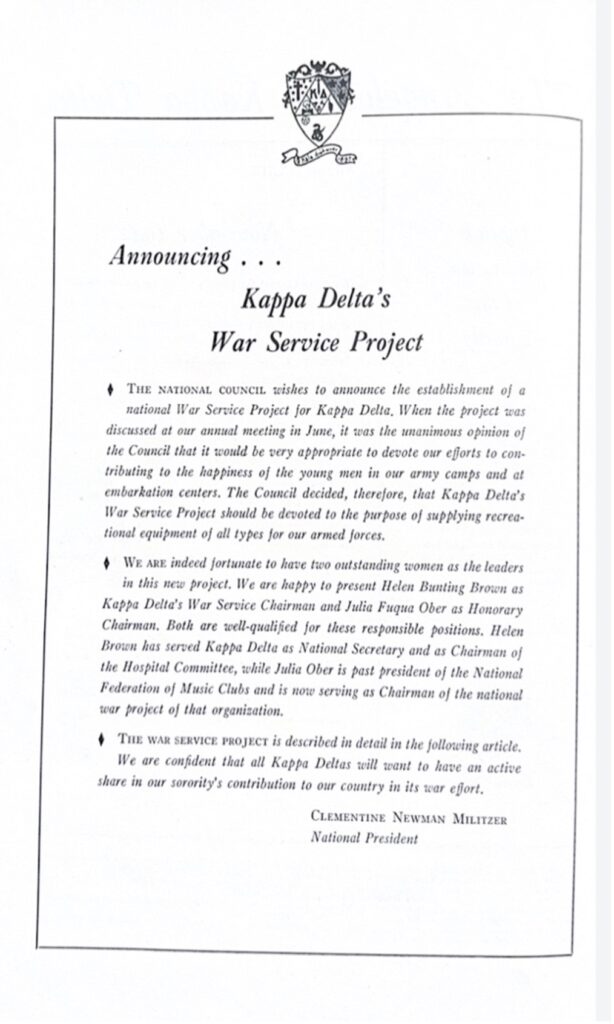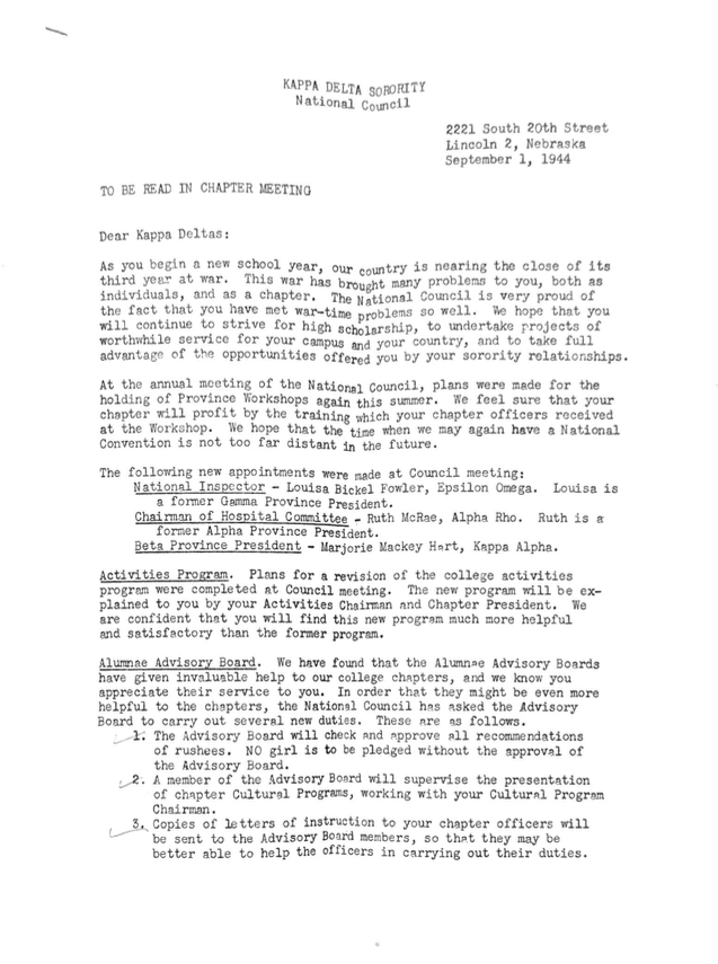During winter term 2025 Dr. Kara Ritzheimer’s History 310 (Historian’s Craft) students researched and wrote blog posts about OSU during WWII. The sources they consulted are listed at the end of each post. Students wrote on a variety of topics and we hope you appreciate their contributions as much as the staff at SCARC does!
Blog post written by Cooper Lake
At the heart of America’s wartime strategy was an unexpected hero: corn. As the nation raced to secure its food supply, Oregon State College (OSC) emerged as a hub of groundbreaking research. Led by visionary agronomist R. E. Fore, OSC faculty tackled the challenges of adapting corn to the unique climate and soils of the Pacific Northwest. These efforts would not only meet the immediate needs of wartime production but also lay the foundation for post-war agricultural success in Oregon and elsewhere.
Central to OSC’s pioneering efforts was R. E. Fore’s A Summary of Corn Improvement Research in Oregon. 1936–1967, a document published in 1967 preserved in the Oregon State University Archives. This typewritten report, produced on thin paper and bound for long-term preservation, summarizes thirty-one years of experimental work aimed at developing a corn strain uniquely suited to Oregon’s climate and soils. Fore, then the college’s leading agronomist, compiled this report for fellow researchers and practitioners, detailing experimental methods, results, and the challenges posed by wartime resource reallocation.[i] The document’s physical characteristics, its fragile paper and careful binding, speak to its dual role as both a working document and a historical artifact.
Fore’s work on corn improvement is part of a broader spectrum of faculty research conducted at OSC during the war. Collaborative studies, such as the joint work by G.W. Kuhlman and Fore on the Cost and Efficiency in Producing Hops in Oregon, publishedin 1939, illustrate that while corn was central to the war effort, other crops were also scrutinized under the pressures of wartime necessity.[ii] Jack Sather’s Hop Agronomic Experiments 1939–1946 further details these investigations, highlighting how nonessential crops like hops received focused attention despite limited resources.[iii] In a time when every experimental initiative had to justify its cost and labor input, these studies were vital for diversifying OSC’s agricultural output.
Corn was not only essential for feeding a nation at war but also for sustaining the cattle industry. Cattle played a dual role: providing meat for domestic consumption and manure that enriched soil fertility, which in turn supported continuous crop production. Remarkably, the stability of corn production even enabled the U.S. to share beef with Allied nations, linking agricultural innovation directly to both national resilience and international support.[iv]
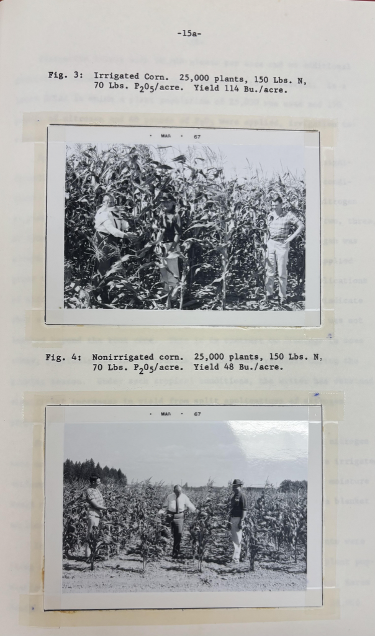
A January 9, 1943 article in OSC’s Daily Barometer captured the national urgency for increased corn production to meet the rising demands for livestock feed, a critical need given the war-induced shifts in meat production.[vi] Similarly, the Oregon State Land Use Planning Committee’s report, Oregon State Agricultural Program to Meet the Impacts of War and National Defense (May 1941), contextualizes local agricultural policies within the broader national strategy for food security.[vii] Together, these sources reveal that OSC’s research was both a local response and a component of a comprehensive wartime effort.
The contributions of OSC faculty during World War II must be viewed within a larger national framework. Corn was not merely a crop; it was a vital component of the war economy, essential for producing livestock feed and stabilizing market prices. Scott H. Irwin and Darrel L. Good’s article, “Market Instability in a New Era of Corn, Soybean, and Wheat Prices,” documents how wartime disruptions led to volatile agricultural markets, thereby emphasizing the importance of a reliable domestic food supply.[ix]
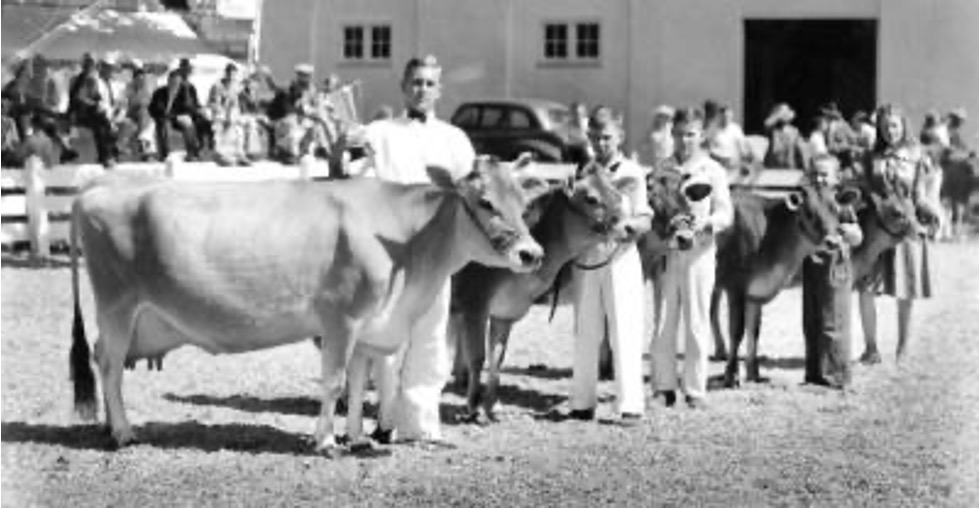
Furthermore, Alvin T. M. Lee’s 1947 study on “Use of Military Land for Agriculture during World War II” demonstrates how government initiatives repurposed military assets to boost agricultural production, a strategy that fit together with OSC’s research efforts.[x] Grover T. Sims’s 1951 monograph, “Meat and Meat Animals in World War II,” reinforces the idea that the availability of high-quality corn was directly linked to efficient meat production, highlighting OSC’s role in national food security.[xi] These national studies, coupled with local initiatives, illustrate the symbiotic relationship between OSC’s research and the broader wartime strategy to stabilize food supply and economic conditions. Moreover, the analyses provided by E. C. Sherrard and F. W. Kressman in 1944 in Review of Processes in the United States Prior to World War II offers important context. Their work shows how long-standing agricultural practices were disrupted by the circumstances of war, prompting a necessary evolution in research and production methods.[xii]
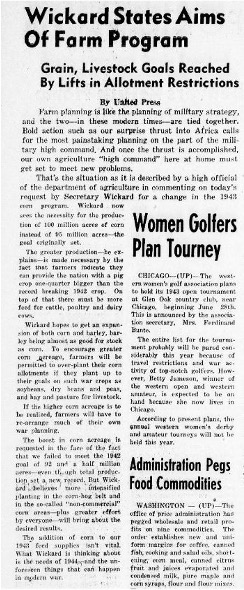
OSC’s innovations were not confined solely to experimental research; they also extended to infrastructural developments that have had lasting impacts on regional agriculture. The deep well irrigation projects documented in the OSU Special Collections & Archives’ “President’s Office General Subject File, Agricultural Experiment Station, Deep well irrigation project, 1929–1940” exemplify how OSC’s scientific efforts were complemented by practical advancements in farm infrastructure.[xiv] Equally, the archival record of the “Class of Producing Dairy Cattle Shown at the Oregon State Fair, 1938” highlights the applied side of OSC’s work, showing how improved agricultural methods led directly to enhanced livestock production.[xv]
These efforts emphasize that OSC’s wartime innovations were not isolated experiments; they were part of a broader transformation in American agriculture. As Lizzie Collingham discusses in The Taste of War: World War II and the Battle for Food, the transition from wartime scarcity to post-war consumer abundance was marked by significant shifts in food policy and production practices, a transformation to which OSC contributed meaningfully by successfully adapting corn to climates in the pacific northwest.[xvi]
The archival journey through OSC’s wartime records reveals a story of determination, innovation, and strategic adaptation. R. E. Fore’s comprehensive report on corn improvement, alongside studies on hops production, labor mobilization, and infrastructural projects, paints a picture of an institution that rose to meet the unprecedented challenges posed by WWII. Through creative research initiatives and adaptive labor strategies including the mobilization of nontraditional workforces, OSC not only addressed the immediate demands of World War II but also laid the foundation for lasting agricultural reform.
By aligning its local research with national priorities, as documented by scholars such as Irwin, Good, Lee, and Sims, OSC contributed significantly to the stabilization of the nation’s food supply during a period of economic volatility.
Revisiting OSC’s pivotal contributions during World War II reveals how targeted scientific inquiry became the backbone of national resilience. Through groundbreaking research epitomized by Fore’s innovative corn improvement study, OSC not only addressed the immediate challenges of wartime food security but also set the stage for enduring advances in agricultural production. This focused approach ensured a stable food supply, underscoring the critical link between local research and national prosperity. The integration of diverse primary sources from the Oregon State University Archives reveals a story of resourcefulness and resilience. OSC’s adaptive strategies, innovation in crop research, and aligning local practices with national priorities demonstrate how institutions can drive significant societal change under pressure. These insights not only illuminate a critical period in American history but also offer enduring lessons for contemporary challenges in food security and resource management. In reflecting on OSC’s legacy, we are reminded that the intersection of scientific inquiry, governmental policy, and community mobilization is not merely a historical curiosity but a blueprint for building resilient systems in the future.
Citations
Collingham, Lizzie. The Taste of War: World War II and the Battle for Food. New York: Penguin Press, 2012.
Daily Barometer, The. “Wickard States Aims Of Farm Program”, Oregon State Barometer, January 9, 1943.
Fore, R. E. “A Summary of Corn Improvement Research in Oregon. 1936–1967.” SCARC, Agricultural Experiment Station (RG 25), Box 13, LOC: 8/3/6/20.
Irwin, Scott H., and Darrel L. Good. “Market Instability in a New Era of Corn, Soybean, and Wheat Prices.” Choices 24, no. 1 (2009): 6–11.
Kuhlman, G. W., and R. E. Fore. Cost and Efficiency in Producing Hops in Oregon. Oregon State College Agricultural Experiment Station, 1939.
Lee, Alvin T. M. “Use of Military Land for Agriculture during World War II.” Journal of Land & Public Utility Economics 23, no. 4 (November 1947): 349–359.
Oregonian, The. “Farm Help Due in Northwest.” May 12, 1943.
Oregon State Land Use Planning Committee. Oregon State Agricultural Program to Meet the Impacts of War and National Defense. May 1941.
“Class of Producing Dairy Cattle Shown at the Oregon State Fair, 1938.” SCARC, Agriculture Photograph Collection, 4‑H Photograph Collection (P 146). Accessed February 19, 2025.
“President’s Office General Subject File, Agricultural Experiment Station, Deep well irrigation project, 1929-1940.” Oregon Digital. Accessed February 19, 2025. https://oregondigital.org/concern/documents/h128nf96p.
Sather, Jack. Hop Agronomic Experiments 1939–1946. Oregon State University Archives, Agricultural Experiment Station (RG 25), Box 13, LOC: 8/3/6/20.
Schwartz, Harry. “Hired Farm Labor in World War II.” Journal of Farm Economics 24, no. 4 (1942): 826–44.
Sherrard, E. C., and F. W. Kressman. Review of Processes in the United States Prior to World War II. Madison, WI: U.S. Forest Products Laboratory, 1944.
Sims, Grover T. “Meat and Meat Animals in World War II.” U.S. Department of Agriculture, Agricultural Monograph 9 (Washington, D.C.: U.S. Government Printing Office, 1951).
[i] R. E. Fore, “A Summary of Corn Improvement Research in Oregon. 1936–1967,” Special Collections & Archives Research Center (hereafter SCARC), Agricultural Experiment Station, RG 25, Box 13, LOC: 8/3/6/20, 11.
[ii] G. W. Kuhlman and R. E. Fore, Cost and Efficiency in Producing Hops in Oregon (Oregon State College Agricultural Experiment Station, 1939), SCARC, RG 25, Box 13, LOC: 8/3/6/20, 19.
[iii] Jack Sather, Hop Agronomic Experiments 1939–1946, SCARC, Agricultural Experiment Station, RG 25, Box 13, LOC: 8/3/6/20, 6.
[iv] Lizzie Collingham, The Taste of War: World War II and the Battle for Food (New York: Penguin Press, 2012), 481.
[v] R. E. Fore, “A Summary of Corn Improvement Research in Oregon. 1936–1967,” SCARC, Agricultural Experiment Station (RG 25), Box 13, LOC: 8/3/6/20, 15.
[vi] “Wickard States Aims of Farm Program,” The Daily Barometer, January 9, 1943, 4.
[vii] Oregon State Land Use Planning Committee, State Library of Oregon Digital Collections, Oregon State Agricultural Program to Meet the Impacts of War and National Defense (May 1941).
[viii] “Class of Producing Dairy Cattle Shown at the Oregon State Fair, 1938,” SCARC, Agriculture Photograph Collection, 4‑H Photograph Collection (P 146).
[ix] Scott H. Irwin and Darrel L. Good, “Market Instability in a New Era of Corn, Soybean, and Wheat Prices,” Choices 24, no. 1 (2009): 8.
[x] Alvin T. M. Lee, “Use of Military Land for Agriculture during World War II,” Journal of Land & Public Utility Economics 23, no. 4 (November 1947): 349–359.
[xi] Grover T. Sims, “Meat and Meat Animals in World War II,” U.S. Department of Agriculture, Agricultural Monograph 9 (Washington, D.C.: U.S. Government Printing Office, 1951), 35.
[xii] E. C. Sherrard and F. W. Kressman, Review of Processes in the United States Prior to World War II (Madison, WI: U.S. Forest Products Laboratory, 1944), 11.
[xiii] “Wickard States Aims of Farm Program.”
[xiv] “President’s Office General Subject File, Agricultural Experiment Station, Deep well irrigation project, 1929-1940,” Oregon Digital, accessed February 19, 2025, https://oregondigital.org/concern/documents/h128nf96p, 14.
[xv] “Class of Producing Dairy Cattle Shown at the Oregon State Fair, 1938,” SCARC, Agriculture Photograph Collection, 4‑H Photograph Collection (P 146).
[xvi] Collingham, The Taste of War, 477.


